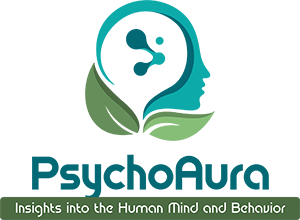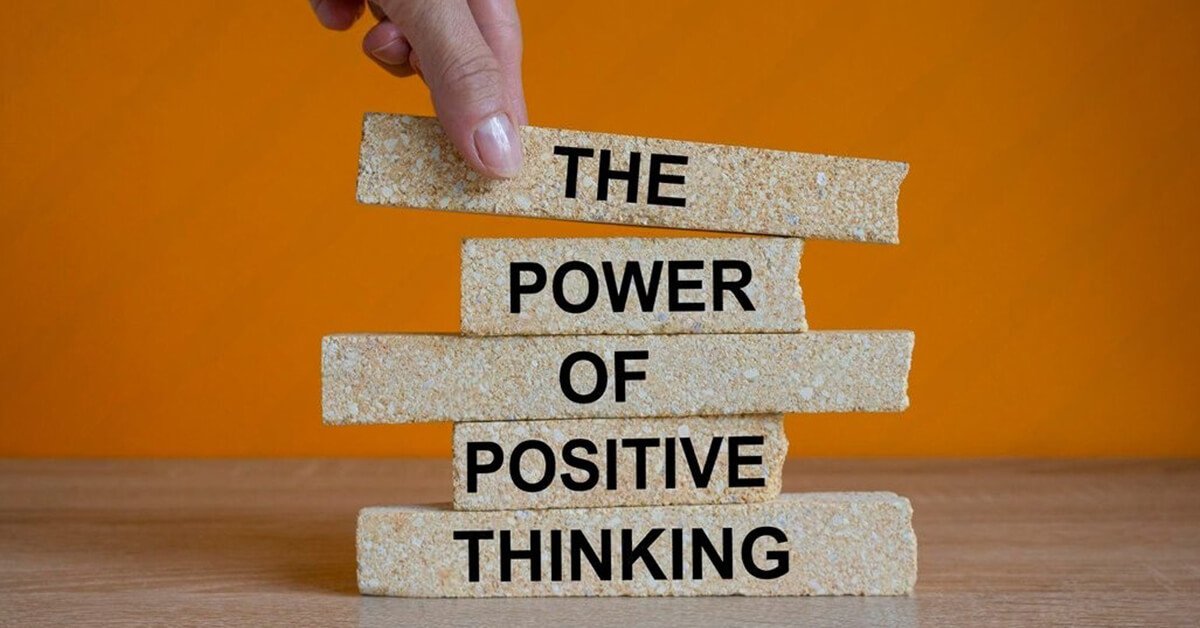In a world where we are constantly on the go, the pursuit of inner calm can feel like a distant dream. From tight deadlines to personal obligations, stress has woven itself into the fabric of our daily lives. But what if there was a way to break from this endless cycle and experience true tranquility? Mastering relaxation techniques offers a transformative path to peace of mind and emotional balance. Whether mindfulness, deep breathing, or progressive muscle relaxation (PMR), these techniques teach us to quiet the noise and reconnect with ourselves. The beauty lies in their simplicity, small, intentional practices that can be incorporated into your daily routine, providing an instant sense of relief. By embracing these powerful tools, you combat stress and cultivate resilience, ensuring you can always find a path back to inner calm no matter what challenges or obstacles life brings.
What if you could momentarily close your eyes, take a deep breath, and feel the world weight melt away?
In this blog, we will explore various effective relaxation techniques, how they work, and how you can incorporate them into your daily life to achieve inner calm.
Importance of Relaxation Techniques
Taking a relaxation break is more than just a pause; it gives your mind and body the rest they need to recharge. When stress builds up, it can lead to physical and mental issues, such as insomnia, anxiety, depression, and heart disease. Chronic stress increases the production of cortisol, a hormone associated with the body fight-or-flight response. Over time, this can make you more susceptible to illness.
On the other hand, relaxation techniques activate the parasympathetic nervous system, which counteracts stress and promotes a calm state. When a person practices relaxation techniques daily, it improves emotional resilience, mental clarity, and physical health.
Types of Relaxation Techniques
Various relaxation techniques are available, each with its own set of benefits. Lets explore some of the most effective methods for calming the mind and body.
1. Deep Breathing
Deep breathing is a relaxation technique in which a person inhales through their nose for a few seconds (on a count of five) and then exhales slowly through their mouth. This technique involves the diaphragm and abdominal muscles, helping you to take a full, deep breath, allowing air to fill your lungs and oxygenate your body more effectively.
Deep breathing is a very simple and effective technique that can improve your mental and physical health. Whether you are looking to reduce stress, improve sleep, or enhance focus, deep breathing offers immediate relief and long-term benefits. The best part is that you can practice it anytime, anywhere, making it a practical tool for managing the challenges of everyday life.
How it Works:
Deep breathing activates the body relaxation response, lowering heart rate and blood pressure while promoting a sense of tranquility. By focusing on slow, deliberate breaths, you signal to your brain that it is time to relax.
How to do Deep Breathing
Deep breathing is simple and very easy; you can do it anywhere. Here is a step-by-step guide on how to practice deep breathing:
- In the first step, Get comfortable and keep your back straight.
- In the second step, put one hand on your belly and the other on your chest. This will help you focus on your breath and ensure you are using your diaphragm.
- In the third step, inhale deeply through your nose for four or five seconds. As you inhale, your belly should rise and expand with air, allowing healing energy to flow into your body. This enhances your psychoaura, helping you achieve balance and peace.
- In the last step, exhale slowly through your mouth for a count of five and six seconds, making sure to exhale fully.
- Continue this process: Inhale and exhale slowly, focusing on the rhythm of your breath. Repeat for a few minutes or until you feel completely relaxed.
- To experience the full benefits of deep breathing, try making it a daily habit. Even just a few minutes a day can have a lasting impact on your mental health.
2. Progressive Muscle Relaxation (PMR)
Progressive muscle relaxation is a technique in which you tense and then stretch muscles one at a time in a specific pattern. In this technique, you will focus on tightening and relaxing muscles in your face, arms, and legs. If you have a history of muscle spasms, back problems, or other injuries, you should consult a doctor before practicing this technique, as it could aggravate certain conditions.
How it Works:
By continuously tensing and relaxing our muscles, we learn about and become more aware of the areas where stress is held in our body. This awareness helps us control body tension more effectively and relax better.
How We Can Practice Progressive Muscle Relaxation
- First, wear a loose shirt, remove your shoes, and get comfortable.
- Begin with deep breathing.
- When you are ready, shift your attention to your right foot. Now, slowly tense the muscles in your right foot by squeezing them tightly and counting to 10.
- Relax your foot.
- Retake a deep breath.
- Shift your attention to your left foot. Repeat the same sequence of muscle tension and relaxation.
- Apply the same process to your facial muscles( eyebrows, cheeks, lips) and arms. Tense for a count of 10.
- Practice this regularly to see the full benefits.
3. Mindfulness Meditation
Mindfulness meditation is a practice in which a person becomes aware of their feelings and sensations without judgment and interpretation. This technique lets them let go of negativity and calm their mind and body.
How it Works:
Meditation helps calm the nervous system by quieting the mind and focusing on the present moment. By training your mind to stay in the present, you reduce the tendency to ruminate on past events or worry about the future, common triggers of stress and anxiety.
How to Practice Mindfulness Meditation
- Firstly, find a quiet place where you will not feel distracted.
- Secondly, sit in a comfortable chair with your back straight.
- Close your eyes and focus on breathing or a meaningful word you repeat throughout the meditation.
- During meditation, you do not need to worry about distracting thoughts that may pass through your mind. If thoughts intrude, do not fight them. Instead, turn your attention back to your point of focus without making any judgment.
4. Guided Imagery
Guided imagery is a relaxation technique in which a therapist instructs the client to imagine a scene where they feel peaceful and free to let go of all tensions and anxiety. The client can choose any setting that is most calming to them, such as their childhood spot, a beach, or a quiet place. The person can also choose to practice visualization in silence or use aids such as soothing music or the sound of ocean waves if they envision a beach.
How it Works:
Guided imagery helps the mind by shifting it into a positive and relaxing mental image. In this technique, a person focuses on a peaceful setting, such as a beach, mountain, or forest, mentally transporting themselves to a calm and tranquil place. It reduces stress and promotes relaxation by breaking negative thoughts and worries.
How we can Practice Guided Imagery
- Sit in a comfortable place.
- Close your eyes and imagine your restful place.
- Picture it vividly, using all your senses, what you see, smell, hear, taste, and feel.
For Example
- Visual Imagery
See the sun setting over the water.
- Auditory Imagery
Birds are singing.
- Olfactory imagery
The air smells salty, reminding me that the beach is nearby.
- Tactile imagery
Feel the cool water on your bare foot.
- Gustatory imagery
Taste the fresh air.
5. Yoga
Yoga combines breath control, meditation, and physical postures to promote relaxation, flexibility, and strength. While many people practice yoga for physical fitness, its relaxation benefits are equally powerful. Yoga helps balance the body and mind, reducing tension and fostering a sense of calm.
How it Works:
Yoga combines physical movement with mind full breathing. The slow, deliberate movements stretch the body while the deep breathing calms the mind. By focusing on the body and breathing, yoga helps center your thoughts and release built up stress.
How to Practice Yoga
1. Find a quiet, comfortable place where you can move freely.
2. Start with simple poses such as child pose, downward dog, etc.
3. Practice slow, controlled breathing as you move through each pose.
4. Focus on how your body feels as you stretch and move, letting go of any tension or distractions.
5. Try incorporating a short meditation or relaxation practice at the end of your session to fully release stress.
Conclusion
Mastering relaxation techniques is a powerful way to manage stress and achieve inner calm. Whether you choose deep breathing, progressive muscle relaxation, meditation, visualization, or yoga, each technique offers a unique way to quiet the mind and relax the body. The key is consistency. By practicing relaxation regularly, you can train your body to respond to stress with greater sense and resilience.




